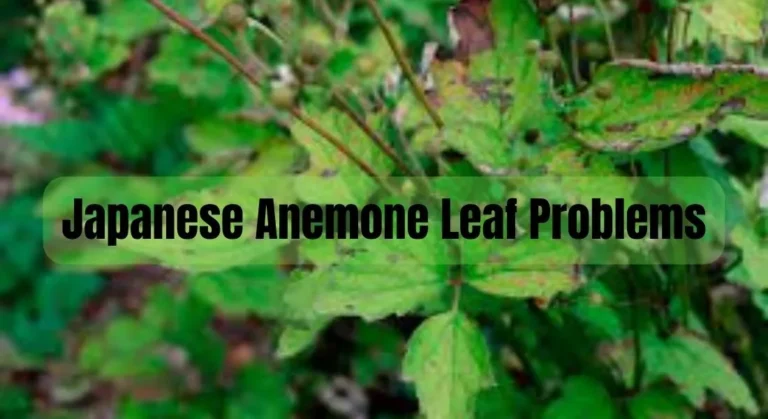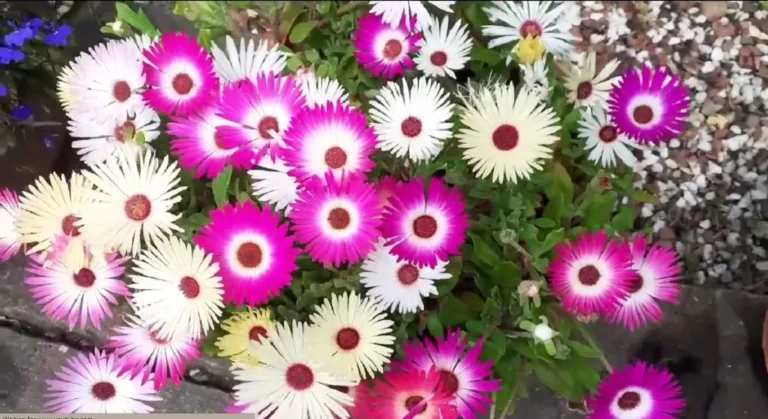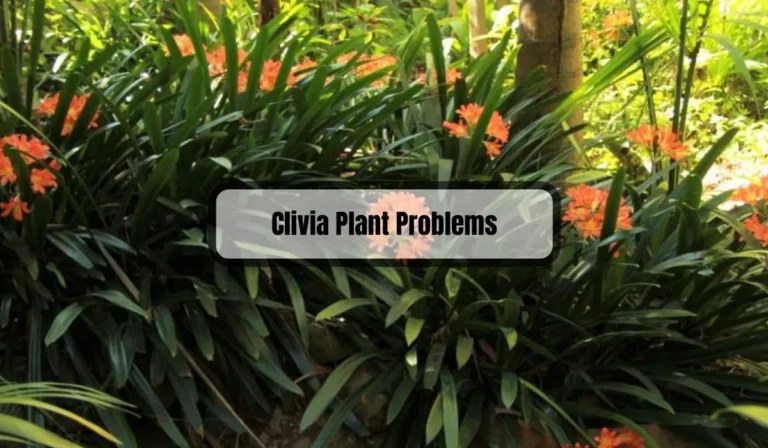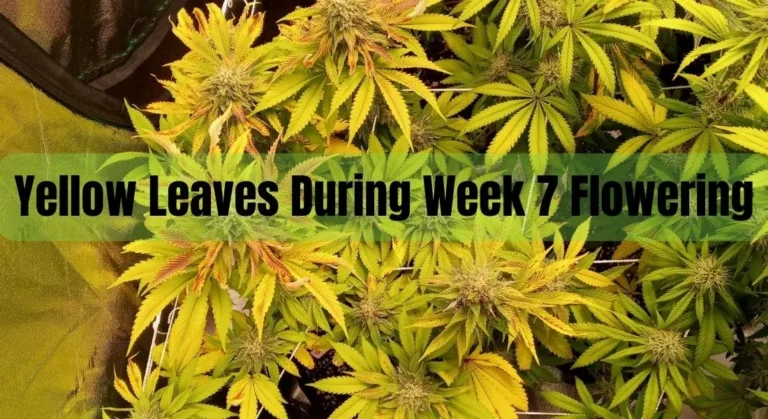Geum Problems: How to Identify and Prevent Common Issues
Geums are beautiful, hardy perennials that are a favorite among gardeners. They are easy to grow and maintain, and they produce an abundance of colorful flowers that add a pop of color to any garden. However, like any plant, geums are not immune to problems. In this article, we will discuss some of the most common geum problems and how to identify and prevent them.
One of the most common geum problems is root rot. Root rot occurs when the soil is too wet, and the roots become waterlogged. This can lead to decay and rot, which can be devastating to your geums.
To prevent root rot, make sure your geums are planted in well-draining soil and avoid overwatering them. If you notice any signs of root rot, such as yellowing leaves or a foul odor, it’s important to take action immediately to prevent further damage to your plants.
Key Takeaways
- Geums are beautiful, hardy perennials that are easy to grow and maintain.
- Root rot is a common geum problem that can be prevented by planting in well-draining soil and avoiding overwatering.
- If you notice any signs of root rot, take action immediately to prevent further damage to your plants.
Common Geum Problems
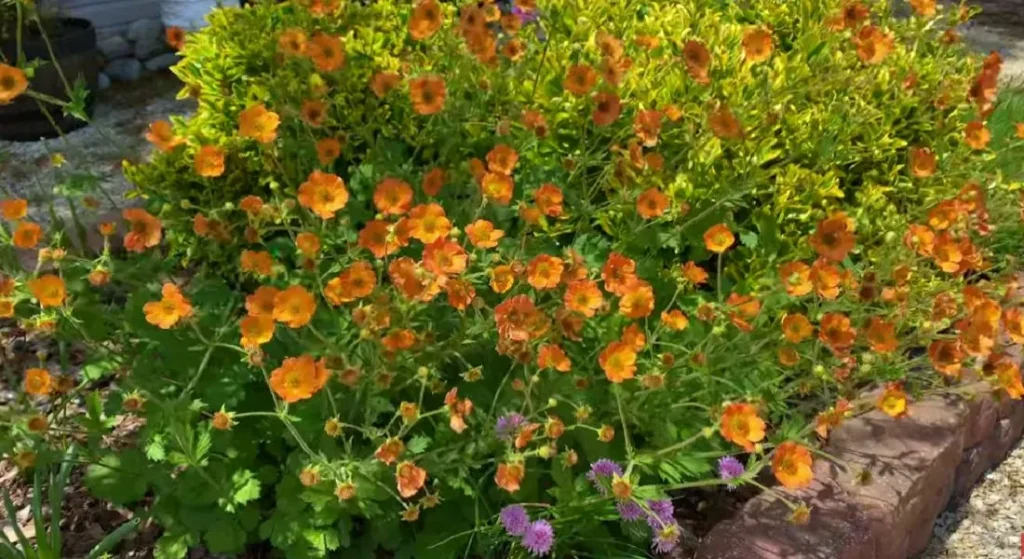
Root rot
Root rot is like the pesky vampire of the plant world – it shows up when you least expect it and can wreak havoc on your beloved geums. It’s particularly common during winter when soils tend to be wetter. If your geums are planted in soggy soil, their roots can become waterlogged, leading to decay and rot.
To prevent root rot, make sure your geums are planted in well-draining soil. You might want to consider adding some organic matter, like compost or aged manure, to improve the soil structure. Additionally, be cautious about overwatering – too much H2O can be just as harmful as too little!
If you suspect root rot, it’s crucial to act quickly. Gently remove the affected plants, trim away any rotten roots, and replant them in fresh, well-draining soil. Keep an eye on them for a while to ensure they’re recovering and, if necessary, adjust your watering habits.
Powdery Mildew
Powdery mildew is another uninvited guest that can show up in your garden, particularly in dry soil and late in the season. It’s characterized by a white, powdery substance on the leaves of your geum plants.
To prevent powdery mildew, ensure your geums are planted in a location with good air circulation. This helps keep the foliage dry and less susceptible to fungal growth. Also, avoid overhead watering, which can create a damp environment that encourages the development of powdery mildew.
If you notice powdery mildew on your geums, act fast! Prune away the affected leaves and dispose of them properly. You can also try spraying the plants with a mixture of water and baking soda, which can help inhibit the growth of the fungus.
Improper Growing Conditions and Their Effects on Geum
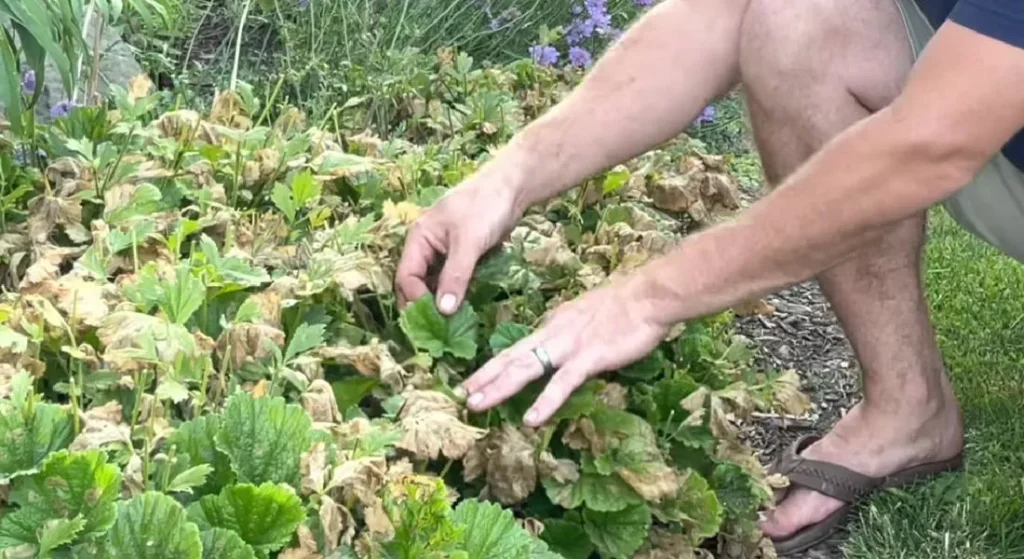
Soil and Moisture Requirements
Geums are pretty adaptable, but they do have some preferences when it comes to their living conditions. They thrive in well-draining soil that’s consistently moist but not waterlogged. So, it’s essential to find that Goldilocks zone – not too wet, not too dry, but just right!
If your geums are in soil that’s either too wet or too dry, they can become stressed and more susceptible to problems like root rot and powdery mildew. So, keep an eye on the moisture levels in your garden, and adjust your watering habits accordingly.
Sunlight Requirements
Like most plants, geums need sunlight to grow and flourish. They prefer full sun to partial shade, depending on the variety. Inadequate sunlight can lead to weak, leggy growth and make your geums more prone to disease.
To ensure your geums get enough sunlight, plant them in a location that receives at least 4-6 hours of direct sun each day. If your geums are looking a little sad and stretched, consider relocating them to a sunnier spot.
Plant Age and its Impact on Health
As geum plants age, they may become more susceptible to problems and diseases. It’s just the circle of life, even for our beloved geum plants. But fear not, there are ways to maintain and rejuvenate aging geum plants to keep them looking their best.
One way to give older geums a new lease on life is by dividing them. This not only rejuvenates the plant, but it also gives you more plants to spread around your garden – score! To divide your geum plants, simply dig them up in early spring or fall, gently separate the clumps, and replant them in well-prepared soil. Make sure to give them a little extra TLC until they’re fully established and growing strong.
Geum Pest Control
Common Pests
While geums are generally pretty resistant to pests, a few uninvited critters might still show up to crash the party. Some common pests that can affect geum plants include aphids, slugs, and snails.
To prevent and manage these pests, keep your garden clean and free of debris that might harbor them. Encourage beneficial insects like ladybugs and lacewings, which can help keep aphid populations in check. And for those slimy slugs and snails, try using copper tape or barrier methods to keep them away from your precious geums.
Natural Pest Control Methods
There are many benefits to using natural pest control methods in your garden. They’re often safer for the environment, more sustainable, and can help maintain a healthy ecosystem.
Some effective natural remedies for geum pests include:
- Neem oil: This versatile oil can help control a variety of pests, including aphids. Spray it on your geums according to the product instructions, and watch those pests vanish!
- Diatomaceous earth: Sprinkle this natural powder around your geums to create a barrier that slugs and snails will avoid.
- Beer traps: Slugs and snails are attracted to the smell of beer. Bury a shallow container filled with beer in your garden, and watch as the slimy critters crawl in and get trapped.
FAQs
How often should I water my geum plants?
Geum plants prefer consistently moist soil, but it’s essential not to overwater them. As a general rule, water your geums once a week, or more frequently during hot, dry spells. Be sure to adjust your watering habits based on the weather and the moisture levels in your garden.
What is the best way to prevent root rot in geums?
To prevent root rot, plant your geums in well-draining soil and be cautious about overwatering. Adding organic matter to the soil can help improve drainage, and monitoring the moisture levels in your garden can ensure your geums don’t become waterlogged.
How can I tell if my geum has powdery mildew?
Powdery mildew appears as a white, powdery substance on the leaves of your geum plants. If you notice this on your geums, take action quickly by pruning away the affected leaves and using a baking soda solution to help inhibit the fungus’s growth.
Are there any companion plants that can help prevent pests and diseases in geums?
Companion planting can be a helpful strategy for preventing pests and diseases. Some good companion plants for geums include marigolds, which can repel harmful insects, and alliums, which can deter slugs and snails.
How can I rejuvenate an aging geum plant?
To rejuvenate an aging geum plant, try dividing it in early spring or fall. This process involves digging up the plant, gently separating the clumps, and replanting them in well-prepared soil. Make sure to provide extra care and attention until the divided plants are fully established and thriving once again.
Conclusion
Proper growing conditions are the key to having healthy, resilient geum plants that can withstand any problems that come their way. By paying attention to factors like soil, moisture, sunlight, and plant age, you can help ensure the long-term health and beauty of your geums.
Remember, if you do encounter any geum problems, it’s important to address them as soon as possible. The sooner you tackle the issue, the better the chances of your geums bouncing back and continuing to grace your garden with their vibrant presence.
So, fellow plant lovers, go forth and conquer those geum problems with the knowledge and tips shared in this post. Together, we can keep our gardens looking fabulous and our geums thriving for years to come! Happy gardening!
Related Posts:

